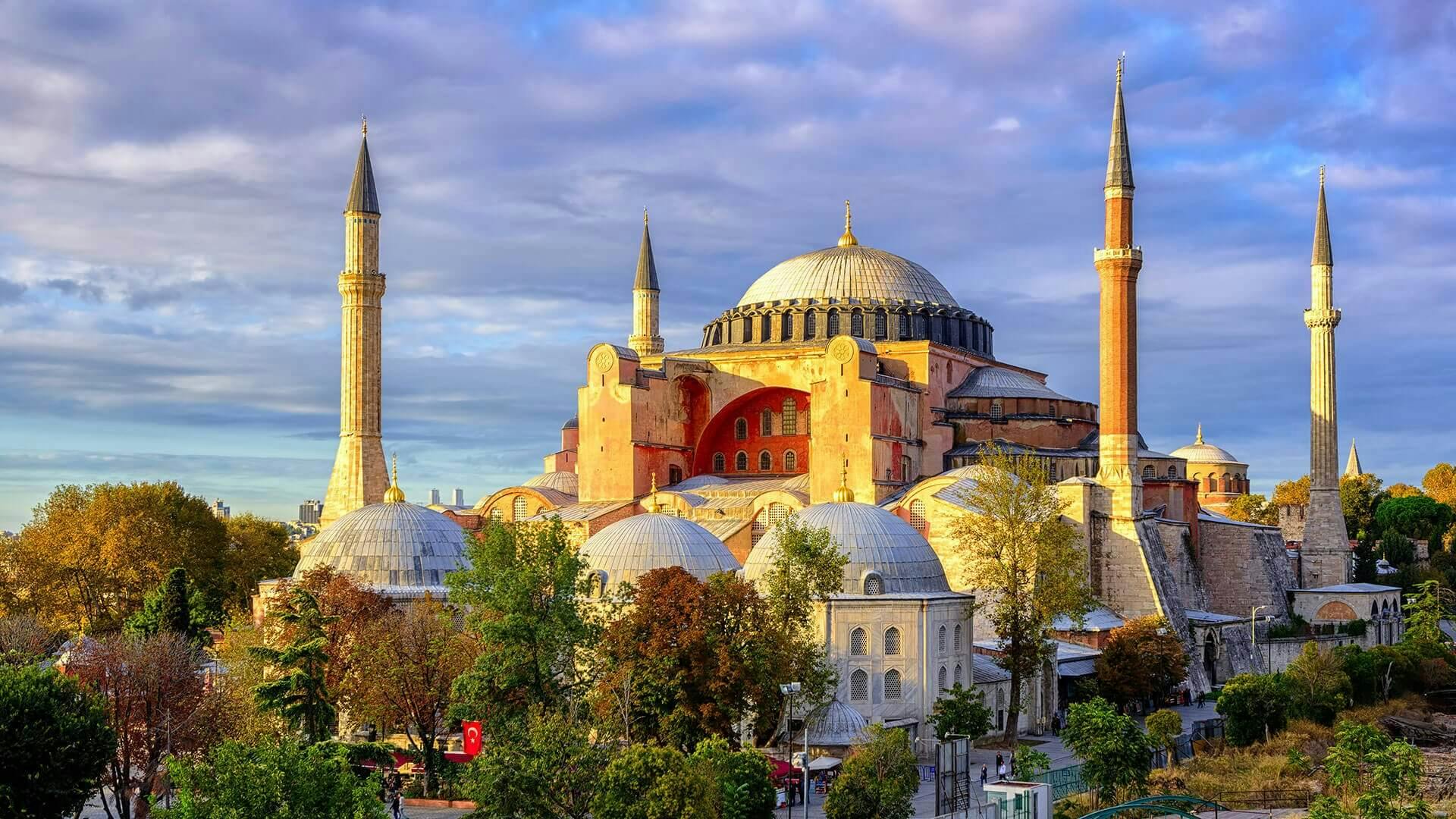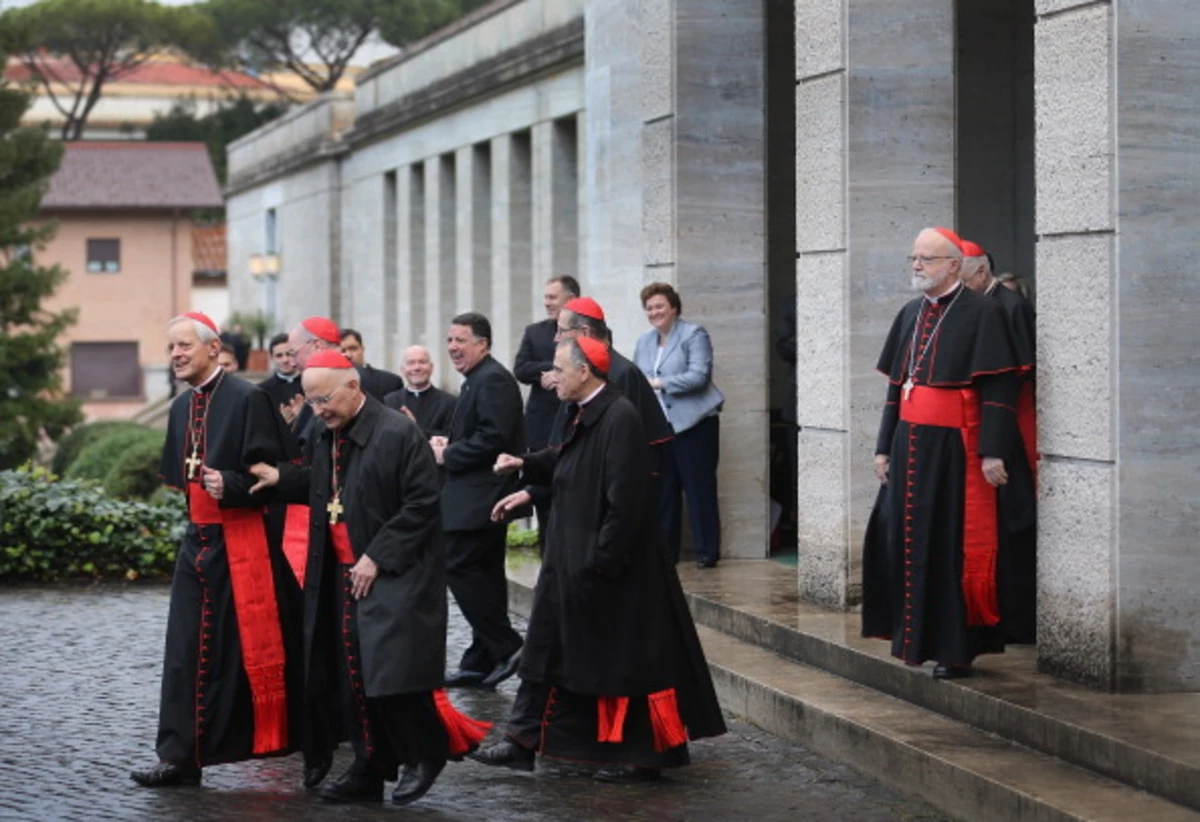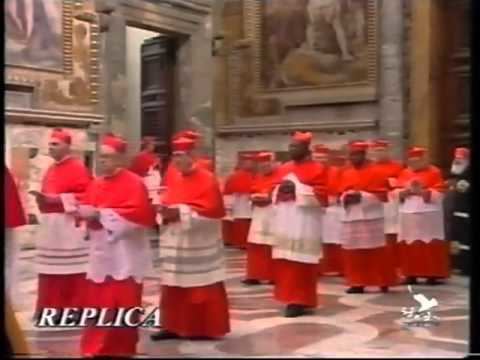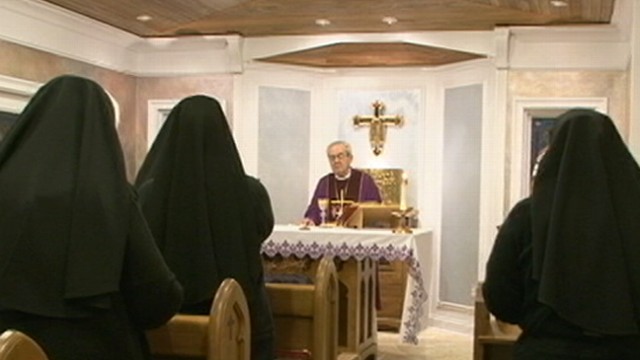Hagia Sophia: From Byzantine Basilica To Ottoman Mosque And Museum

Table of Contents
The Byzantine Era: A Majestic Basilica (537-1453)
Architectural Marvels and Engineering Prowess
The Hagia Sophia, originally constructed as a basilica between 532 and 537 AD, stands as a pinnacle of Byzantine architecture. Master architects Anthemius of Tralles and Isidore of Miletus employed groundbreaking techniques to create a structure of unparalleled grandeur.
- The Immense Dome: The massive central dome, a marvel of engineering, was a revolutionary achievement for its time. Its size and innovative construction, utilizing pendentives to transition from a square base to a circular dome, remain awe-inspiring.
- Architectural Features: The building showcased intricate architectural elements including half-domes, arches, and massive piers, creating a breathtaking interplay of light and space. These features not only enhanced the aesthetic beauty but also served crucial structural purposes.
- Byzantine Mosaics: The interior walls were once adorned with exquisite Byzantine mosaics, vibrant depictions of religious figures and scenes, showcasing the pinnacle of Christian art. These “Hagia Sophia mosaics” were integral to the religious experience within the basilica, adding to its spiritual significance. Many fragments of these priceless "Hagia Sophia mosaics" remain, providing glimpses into the past.
Religious and Political Center of the Byzantine Empire
Beyond its architectural splendor, the Hagia Sophia served as the heart of the Byzantine Empire, both religiously and politically.
- Seat of the Patriarch: It housed the Patriarch of Constantinople, the head of the Eastern Orthodox Church, making it the center of religious life in the empire. Its location as the seat of the Patriarch of Constantinople cemented its significance within the Eastern Roman Empire.
- Imperial Ceremonies: The Hagia Sophia played host to significant imperial ceremonies, coronations, and other important events, solidifying its position as the epicenter of Byzantine power. The Byzantine Empire's emperors utilized the Hagia Sophia to showcase their power and authority.
The Ottoman Era: Transformation into a Grand Mosque (1453-1931)
Conquest and Conversion
The Ottoman conquest of Constantinople in 1453 marked a pivotal moment in the Hagia Sophia's history. Following the conquest, Sultan Mehmed II, the conqueror of Constantinople, ordered its conversion into a mosque.
- Sultan Mehmed II's Role: The transformation reflected the shift in religious dominance, symbolizing the Ottoman Empire's power and the new era that dawned in Constantinople.
- Islamic Architectural Additions: Several significant Islamic architectural elements were added, including minarets (slender towers from which the call to prayer is given), mihrabs (niches indicating the direction of Mecca), and a mimbar (pulpit). These additions transformed the basilica into a functioning mosque, blending elements of Byzantine and Islamic architecture. The resulting structure is a unique example of how different cultures and religious architectural styles can co-exist.
Flourishing Islamic Religious Life
For nearly five centuries, the Hagia Sophia thrived as a grand mosque, playing a central role in the religious life of Ottoman Istanbul.
- Daily Prayers and Rituals: The mosque served as a space for daily prayers, Friday congregational prayers, and important religious festivals, becoming a vital hub for the Muslim community. Islamic rituals filled the space that had once been the center of Byzantine Christendom.
- Community Impact: The Hagia Sophia's transformation became a focal point, affecting the city's landscape and the daily lives of Istanbul's inhabitants. Its conversion resonated throughout the city and symbolized the dominance of Ottoman culture.
The Republican Era: Museum and a Symbol of Secularism (1931-1935 & 2020-Present)
Secularization and Museum Status
In 1935, under the leadership of Mustafa Kemal Atatürk, the founder of the modern Turkish Republic, the Hagia Sophia was transformed into a museum.
- Atatürk's Vision: This decision reflected Atatürk’s commitment to establishing a secular Turkish Republic, removing the building's explicit religious function. The Hagia Sophia Museum became a symbol of the newly established secular ideology.
- Preservation Efforts: Significant preservation efforts were undertaken to protect the historical artifacts within, safeguarding the mosaics and other remnants of both the Byzantine and Ottoman periods. This effort aimed to preserve its status as a significant historical site and testament to the past.
Recent Controversies and its Current Status
In July 2020, a decision was made to revert the Hagia Sophia's status back to a mosque, sparking international debate and legal challenges.
- Legal Challenges and International Response: The decision created a significant wave of controversy, highlighting the intersection of religious freedom, historical preservation, and secular governance.
- Ongoing Accessibility and Balance: Currently, the Hagia Sophia operates as a mosque, yet discussions surrounding visitor access and the balance between religious practice and its status as a significant historical site continue. Its future remains a complex issue with ongoing debate and attention.
Conclusion: A Legacy Enduring Through Time
The Hagia Sophia's journey through history, from a magnificent Byzantine basilica to a grand Ottoman mosque and back again to a mosque, is a testament to the enduring power of architecture and the complex interactions of cultures and religions. Its architectural magnificence and profound historical significance solidify its place as one of the world's most important landmarks. The Hagia Sophia remains a potent symbol of Istanbul and Turkey, its past and present inextricably linked. Explore the fascinating history of the Hagia Sophia for yourself—plan a visit to Istanbul or delve deeper into its rich past through further research.

Featured Posts
-
 Minnesota Twins Win Over New York Mets 6 3
Apr 29, 2025
Minnesota Twins Win Over New York Mets 6 3
Apr 29, 2025 -
 New Music Willie Nelsons Oh What A Beautiful World
Apr 29, 2025
New Music Willie Nelsons Oh What A Beautiful World
Apr 29, 2025 -
 Europe On Edge Analyzing Recent Russian Military Movements
Apr 29, 2025
Europe On Edge Analyzing Recent Russian Military Movements
Apr 29, 2025 -
 Ambanis Reliance Q Quarter Number Earnings Positive Implications For Indian Large Cap Stocks
Apr 29, 2025
Ambanis Reliance Q Quarter Number Earnings Positive Implications For Indian Large Cap Stocks
Apr 29, 2025 -
 Willie Nelsons Health Concerns Rise Amidst Rigorous Touring Schedule
Apr 29, 2025
Willie Nelsons Health Concerns Rise Amidst Rigorous Touring Schedule
Apr 29, 2025
Latest Posts
-
 Papal Conclave Legal Battle Over Convicted Cardinals Voting Eligibility
Apr 29, 2025
Papal Conclave Legal Battle Over Convicted Cardinals Voting Eligibility
Apr 29, 2025 -
 Brit Paralympian Missing At Wrestle Mania Found Safe
Apr 29, 2025
Brit Paralympian Missing At Wrestle Mania Found Safe
Apr 29, 2025 -
 Controversial Cardinals Conclave Voting Rights Under Scrutiny
Apr 29, 2025
Controversial Cardinals Conclave Voting Rights Under Scrutiny
Apr 29, 2025 -
 Papal Conclave Disputed Voting Rights Of A Convicted Cardinal
Apr 29, 2025
Papal Conclave Disputed Voting Rights Of A Convicted Cardinal
Apr 29, 2025 -
 Convicted Cardinal Fights For Conclave Voting Rights
Apr 29, 2025
Convicted Cardinal Fights For Conclave Voting Rights
Apr 29, 2025
